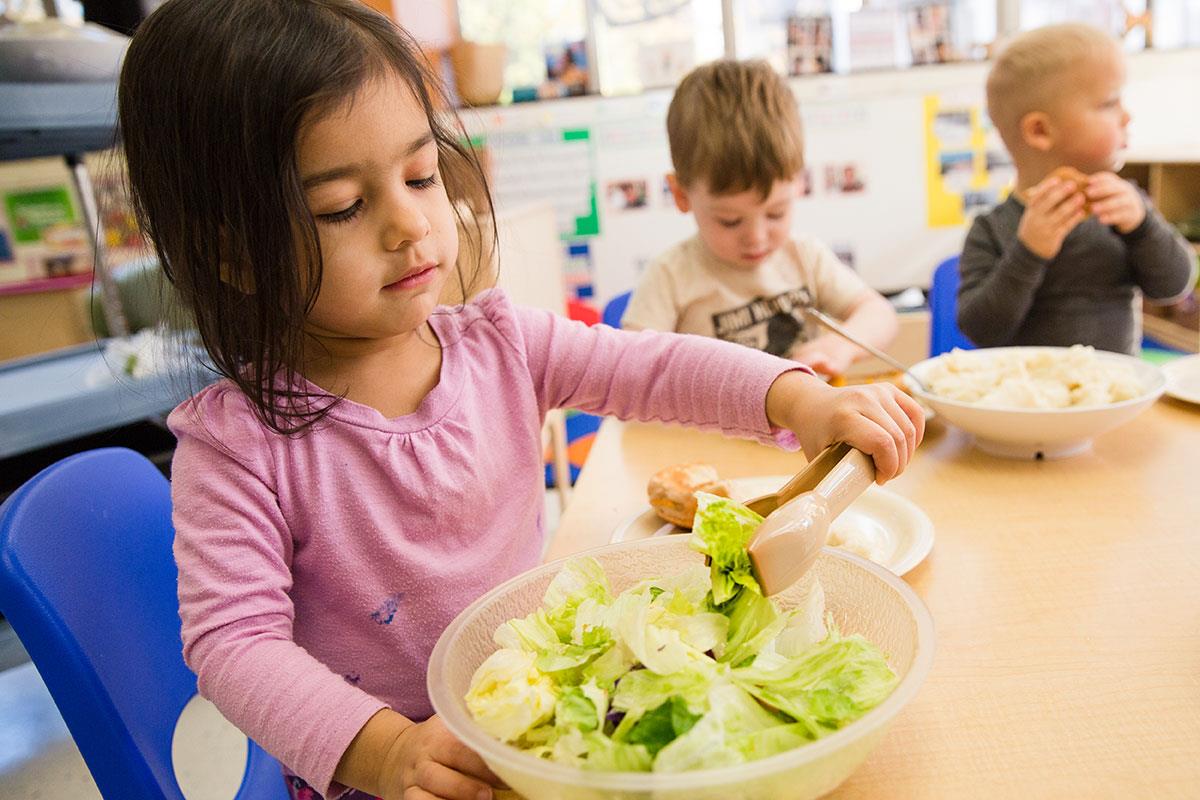Tofu, Eggs & Turkey, Too: Body-Building Proteins For Growing Babies

Everyone needs protein in their diet for good health, but did you know that it’s especially key for babies and toddlers?
Here’s Why!
Protein helps grow, repair, and maintain every single cell in the body, from those within muscles to those in bones, organs, skin, hair, glands, and blood. Because your little body-builder is growing and developing so rapidly, she actually needs more protein per pound of body weight than older kids and adults. Skimping on this essential building block can stunt growth and development, compromise immunity, cause irritability, and lead to fatigue that will impede your baby’s ability to play and learn.
Here’s How Much!
So how much protein are we talking about? It depends on your baby’s age: Infants need about 9.1 grams per day, babies ages 7 months to 1 year should have about 11 grams, and children ages 1 to 3 years need at least 13 grams per day.
Don’t fret—this won’t be hard to achieve! For the first 6 months, breastmilk or formula will provide all your baby’s protein needs, and these sources will still provide most of what he needs up to his first birthday.
As baby branches into solids, he has a lot of tasty tidbits to choose from. Experts now say the only foods to wait on are milk, honey, and choking hazards (popcorn, whole grapes, whole nuts, etc.). If your child hasn’t shown any allergy symptoms prior to eating solids, most other foods are great right out of the baby gate.
Here’s What to Serve!
Great protein go-to’s for your tiny one include:
Meat: Chicken, turkey, and pork have around 8 grams of protein per ounce, while 85-percent lean beef and lamb have about 7. Until baby is ready to graduate to soft, chopped-up bits, serve meat puréed. You can also feed baby low-mercury fish, a great source of DHA and other Omega-3s.

Whole Eggs: One large egg has around 6 grams of iron-rich protein. Hard-boil and mash an egg and then serve it plain, or mix it with puréed fruit or veggies. When baby is ready for more texture, move on to scrambles and omelettes.
Whole-fat plain yogurt: A typical 6-ounce serving usually has around 5 grams of protein while Greek yogurt has more like 10 grams. Go with whole-milk versions, as little ones also need extra fat. Also consider having her try whole-fat cottage cheese.
Legumes: The legume family includes beans, lentils, chickpeas, and edamame. Protein amounts vary, but generally there’s about 6–9 grams per half cup. Mash ’em up and serve plain or mix with puréed veggies or meat.
Tofu: 1 ounce of tofu rings in at 2 grams of protein. With its mild flavor, it’s a cinch to blend into almost anything!
Nut Butters: That’s right—experts now say that nut butters are no longer off the table under age 1 (but again, talk to your doctor first). 1 tablespoon of peanut butter has 4 grams of protein, and 1 tablespoon of almond butter has around 3.4 grams. Keep in mind that nut butters can be a choking hazard (they are typically thick and harder to swallow), so start by swirling them into yogurt, baby cereal, applesauce, or banana purée.
Note: Protein is important for your baby’s health, yes, but don’t overdo it. Half an egg for breakfast, 3 ounces of Greek yogurt for lunch, and half an ounce of chicken for dinner is a good example of what baby might eat to get 10–12 grams of protein for the day.
* Check with your doctor before serving any new foods to your baby: Most little ones take their first bites between four to six months, but regardless of age, he should be able to sit in a high chair and have good head control. The standard advice is to start with single-ingredient purées—wait three days before introducing another food to confirm your baby isn’t experiencing an allergic reaction such as rash, diarrhea, or vomiting. Never add salt or sweeteners.




